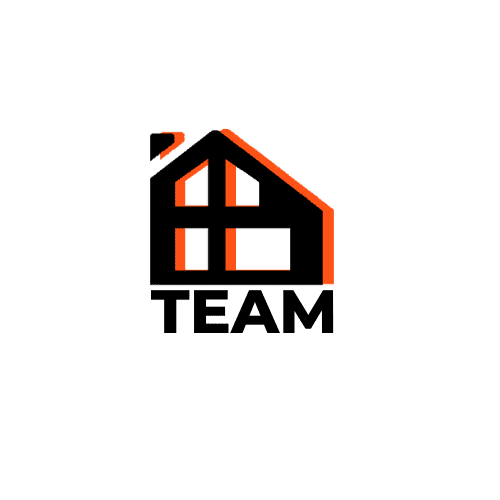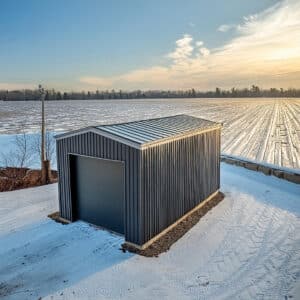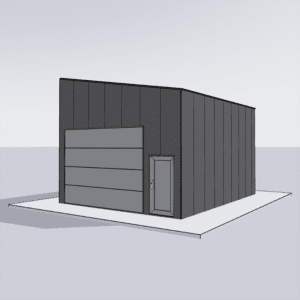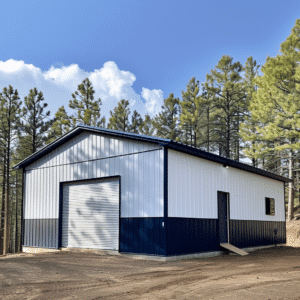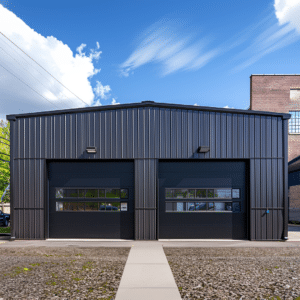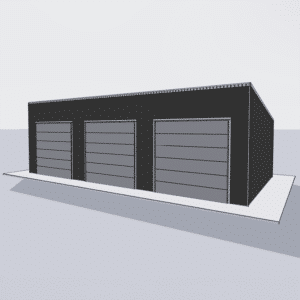Deciding to purchase a home is one of the most significant investments many people will make in their lives. The promise of a new space, a fresh start, or even an upgrade in lifestyle can be both thrilling and daunting. But before you dive headfirst into this new chapter, it’s essential to conduct a thorough home inspection. After all, what lurks beneath the surface might not be visible to the untrained eye. The process of a home inspection for buyers is akin to a detective uncovering hidden clues that determine whether the investment is worth it.
But how exactly do you conduct a home inspection, and what key aspects should you keep an eye on? Let’s explore the intricacies of ensuring you truly get the home of your dreams without any hidden nightmares.
Understanding the Importance of a Home Inspection
A home inspection is not merely a box to tick off in the home-buying process. It is a critical step to ensure that you’re making a sound financial decision. Imagine discovering severe plumbing issues or roofing problems right after moving in. These discoveries are not only costly but also incredibly inconvenient. The importance of a home inspection for buyers is underscored by the peace of mind it provides, knowing that you are fully aware of a property’s condition.
The Role of a Home Inspector
So, who exactly is behind the magnifying glass during a home inspection? A certified home inspector is trained to evaluate the structural soundness of a property. They delve into aspects like the foundation, roofing, plumbing, and electrical systems, providing an objective view of the home’s current state. The inspector acts as your partner in identifying potential problems that may lead to significant repairs down the line.
Key Areas to Focus On During a Home Inspection
When conducting a home inspection, the devil is in the details. There are several critical areas that every buyer should have inspected, each with its unique red flags.
– **Roofing**: The roof is one of the most expensive parts of a home to repair. Look for signs of deterioration such as missing shingles, water stains, or sagging areas.
– **Foundation**: Check for cracks, uneven floors, or water pooling at the base, which could indicate severe structural issues.
– **Plumbing System**: Ensure there are no leaks, and the water pressure is adequate. Rusty pipes or old plumbing systems may need immediate attention.
– **Electrical System**: Safety first! Faulty wiring can pose a fire hazard. Check for outdated fuse boxes or malfunctioning outlets.
– **HVAC Systems**: Make sure the heating and cooling systems are in working order, as repairs or replacements can be quite costly.
Beyond the Basics: Inspecting for Pests and Mold
While structural issues grab the headlines in home inspections, pests and mold can be equally devastating to both health and property value.
– **Pests**: Look for signs of termite damage or other pests that may compromise the wooden structures within the home.
– **Mold**: Mold isn’t just a cosmetic issue. It can significantly affect health, especially for those with respiratory problems or allergies.
Having a professional opinion on these areas ensures that you aren’t buying into a health hazard or planning for unexpected pest control expenses.
Using Online Resources and Tools
Finding the right property means leveraging modern tools at your disposal. Websites like Zillow provide valuable insights into property values, recent sales, and neighborhood statistics, equipping you with necessary background information before proceeding with an inspection.

What Happens After the Inspection?
Once the inspection is complete, it’s time to interpret the findings. Here’s where decisions have to be made:
– **Negotiation**: If significant issues are found, negotiate with the seller to either fix the problems or reduce the sale price.
– **Reassess**: Sometimes, the inspection may reveal that the property isn’t worth the investment. Be prepared to walk away if necessary.
– **Plan**: For minor repairs or upgrades, understand what is required financially and logistically, and integrate these into your homebuying budget.
Choosing the Right Professionals
Selecting the right team for your home-buying journey, from realtors to contractors, can profoundly impact your experience. Your trusted partners like Your Building Team offer expertise in areas such as Residential Construction that extends beyond just the inspection phase. They can help you navigate challenges such as dealing with construction delays, ensuring your journey to homeownership is smooth and informed.
The Essential Toolkit for a Successful Home Inspection
A keen eye and understanding of what to look for are valuable, but having the right tools can give you an edge in identifying potential problems:
– **Moisture Meter**: For detecting leaks and water damage.
– **Flashlight**: Useful for inspecting basements, attics, and crawl spaces.
– **Binoculars**: Handy for inspecting the roof without climbing up.
By using these tools, you equip yourself with the ability to perform preliminary checks before even calling in a professional inspector.

Conclusion: Making Your Home Inspection Count
A comprehensive home inspection for buyers is a smart investment, providing critical insights into the property’s condition and saving you from future headaches. By focusing on key areas, using available online resources, and working with a proficient team, you position yourself for a successful home purchase. Remember, the quality of your future home is only as good as the vigilance and diligence you put into the inspection process. Whether you’re considering traditional homes or exploring metal building systems Ontario offers, always prioritize a thorough inspection.
In essence, purchasing a home without conducting a proper inspection is like setting sail without checking the weather forecast – it’s a risk that could lead to stormy consequences. By understanding and acting on these steps, you can confidently navigate the home-buying process and secure a property that truly feels like home.

